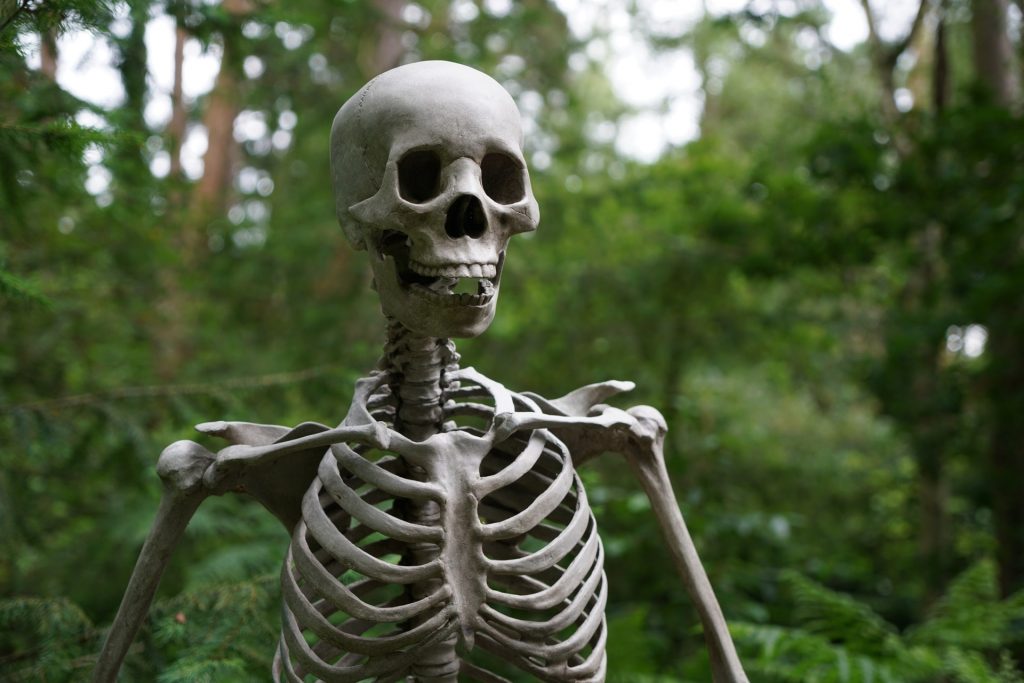Protesters are advocating a boycott of Real Bodies: The Exhibition, which opened in Sydney, on allegations that the plastinated human organs and bodies in exhibition display plinths were taken without permission from Chinese political offenders who were executed.

Even though the bodies come from China, it has been stated by the company behind the exhibition that the bodies were sourced from individuals who died from natural causes and were unclaimed. The display also passed Australian bio-security checks.
The New South Wales Department of Health says that all bodies or human cells sourced from global associations must fulfil its own ethical and legal criteria, including donor consent forms to be openly exhibited as a part of the exhibition showcase. However, there is no evidence of the bodies’ identities or donor approval forms, raising concerns about whether NSW regulations have been fulfilled.
This isn’t the first public body exhibition to deal with claims of illegal human anatomy sourcing. Gunther von Hagen toured with his works “The Body Worlds’. However, in 2004, removed seven of the corpses from the tour after conceding they could have come from political offenders in China. The Body Worlds exhibit says that all exhibited bodies are sourced from a contribution program in Germany using proper documentation. *
We do not know whether the bodies in Real Bodies were privy to unethical sourcing. However, we could look to the past to determine how attitudes involving the group and display of human remains have shifted as well as Australian Museum’s negotiation processes for such exhibits.
It’s up to museums to produce policies for openly displaying human remains. Simply speaking, museums must provide statements regarding the provenance of exhibited bodies to prevent misleading people.
Chequered History
From the 19th century, Australian universities started to collect specimens of body and pathology. These formed a significant part of health education. But, physicians and anatomists frequently took body parts from corpses without approval from the family members or formerly deceased and also flouted regulations and ethics to include intriguing specimens to college collections.
University collections weren’t available to the general public. They were just for medical researchers and students to find out more about the human body and the diseases that impact it. Although many protests occurred in the 19th century regarding the custom, Australian medical colleges continued to accumulate human remains during the 20th century for instructional purposes, however, starting to keep ethical considerations in mind.
There’s also precedent for debate and discussion over human body collections for public amusement and entertainment. Similar criticisms have been directed to the Real Bodies Display – although it can also have the capability to instruct people.
Ethical concerns about collections of human remains grew from the 1980s and 1990s. In response, Australian museums started to create practices and policies for their own. Museums took a careful strategy, especially for its group and display of Native Australian individual remains. These Indigenous remains were taken from graves through the 19th and 20th centuries for racial and scientific studies. This is really a source of immense distress for most Indigenous Australians today.
Museums must heed the lessons of previous grievances. This will make sure that future exhibits are in tune with cultural sensitivities and avoid getting into potentially murky moral waters.

